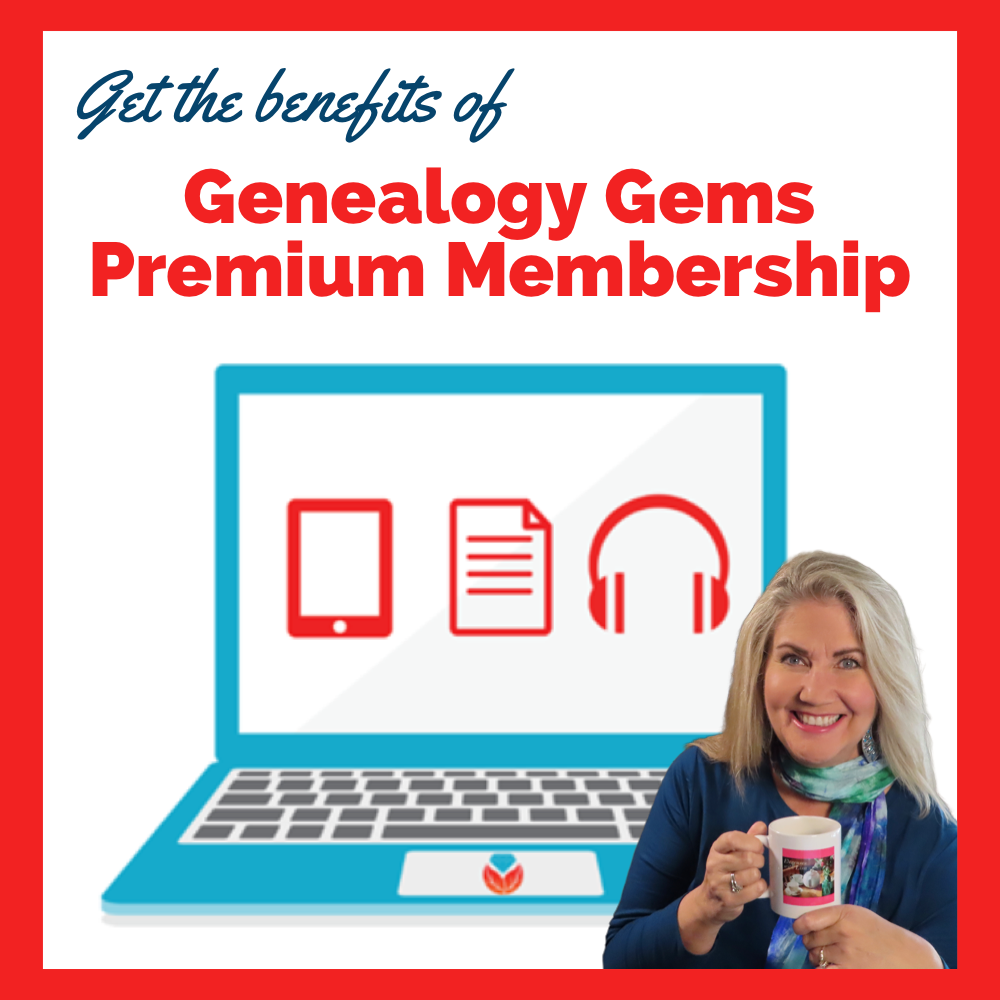How to Be a Good Mother-in-Law: A Steamer Letter from 1940
This 1940 “steamer letter” is essentially a lesson in how to be a good mother-in-law: Tell your daughter-in-law or son-in-law what you like about them. Express confidence in them. Respect the privacy of the couple’s relationship. That’s what I see in these words of...Genealogy Gems Podcast Episode 260
Your Guide to the 1950 US Federal Census
Are you ready for the release of the 1950 census from the National Archives? Lisa Louise Cooke covers how to prepare and everything you need to know to get the most out of this important genealogy record collection being released by the National Archives on April 1, 2022. Before you start searching for your family, familiarize ourselves with this important records collection and start preparing for success.
This episode brings you the audio from Elevenses with Lisa episode 51 PLUS important updates. You will learn:
- the interesting and little known stories behind the 1950 census,
- what it can reveal about your family, (and who you will NOT find!)
- the important documents associated with it that you can access right now!
- The status of the Infant Cards.
- What you can expect when it comes to indexing the collection.
Thanks to our sponsor: Get 20% off Newspapers.com. Click here and use coupon code genealogygems
Listen to Genealogy Gems Podcast Episode 260
Watch the Original Video
This audio comes from my series Elevenses with Lisa. You can watch the video interview at the Elevenses with Lisa episode 51 show notes page.
Our Sponsors:
MyHeritage: Click here to start finding your family history at MyHeritage

MyHeritage.com is the place to make connections with relatives overseas, particularly with those who may still live in your ancestral homeland.
Newspapers.com
Get 20% off Newspapers.com. Click here and use coupon code genealogygems
Become a Genealogy Gems Premium Member
Premium Members have exclusive access to:
- Video classes and downloadable handouts
- The Genealogy Gems Premium Podcast
- Elevenses with Lisa downloadable ad-free show notes PDF cheat sheets
Become a member here.
Genealogy Gems Podcast App
Don’t miss the Bonus audio for this episode. In the app, tap the gift box icon just under the media player. Get the app here.
Get the Free Genealogy Gems Newsletter
The Genealogy Gems email newsletter is the best way to stay informed about what’s available with your Premium eLearning Membership. Sign up today here.


